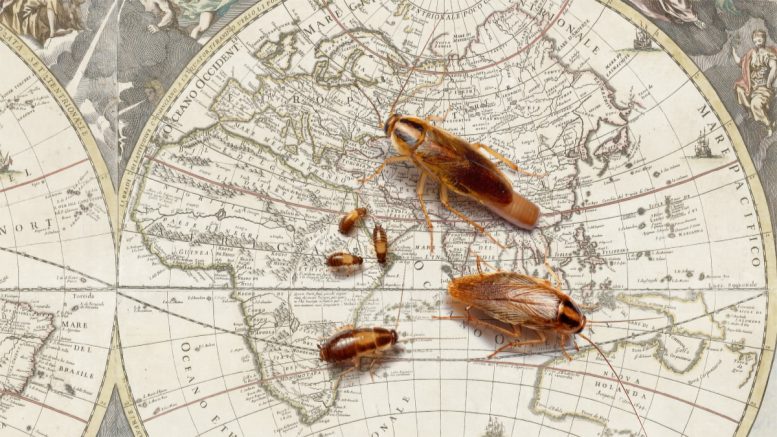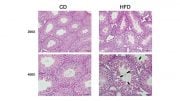
The German cockroach, resolved by a team including Warren Booth from Virginia Tech, originated about 2,100 years ago in Asia, not Germany as commonly thought. This discovery came from analyzing over 280 specimens from six continents. The species, known for its resistance to insecticides and association with human habitats, poses serious public health risks by spreading diseases and triggering allergies and asthma. Credit: Photo courtesy of Matthew Bertone and Coby Schal
Scientists have traced the German cockroach’s origins to Asia around 2,100 years ago, debunking the myth of its German origin. This pest, known for its resistance to insecticides and health risks, remains a major global concern.
A team of international scientists, including Virginia Tech entomologist Warren Booth, has solved a 250-year-old mystery regarding the origin of the most prevalent indoor urban pest insect: the German cockroach.
The team’s research findings, representing the genomic analyses of over 280 specimens from 17 countries and six continents, show that this species evolved some 2,100 years ago from an outside species in Asia and were released this week in the Proceedings of the National Academy of Sciences journal.
One may think by its name that its origins are in Germany. But it is not native to any wilderness in that country. In fact, it doesn’t seem to have any home in the wild anywhere in the world. To date, populations have never been found outside of structures.
Following its evolution, the German cockroach spread from Southeast Asia, hitchhiking around the world in association with humans. In addition to the rapid spread, it evolved resistance to a variety of insecticides, making it extremely difficult to control using over-the-counter products.
According to Booth, the German cockroach is a major public health issue due to its links to disease spread, the contamination of food, and its role in triggering asthma and allergies.
Reference: “Solving the 250-year-old mystery of the origin and global spread of the German cockroach, Blattella germanica” by Qian Tang, Edward L. Vargo, Intan Ahmad, Hong Jiang, Zuzana Kotyková Varadínová, Pilot Dovih, Dongmin Kim, Thomas Bourguignon, Warren Booth, Coby Schal, Dmitry V. Mukha, Frank E. Rheindt and Theodore A. Evans, 20 May 2024, Proceedings of the National Academy of Sciences.
DOI: 10.1073/pnas.2401185121









This whole article doesn’t explain anything and just repeats itself.
Following it’s evolution, the German cockroach 🪳 has become public enemy number one.
I hare cockroaches I spray them wiith vinegar or oven cleaner, depending where they are at.
This article is a waste of time. It says nothing and simply repeats its self.
The writer being unaware that they’re called GERMAN because GERMIN IN LATIN means “of the same parents”, due to the high rates of incestual breeding in this species as a single pregnant mother will spawn several generations by herself and her own offspring. It never had anything to do with the country.
TY4taken time2comment,I’ve learnD something very cool ty again
From a lab on Wuhan???
The safest way to kill them is to keep a spray bottle with soapy water handy. The mixture clogs up their breathing pores and kills them. If you’re not into killing, just rinse them off with water and throw them outside🪳 🙂.
We occasionally get water bugs, mayby once a month, looks like giant cockroches, but we only see them one at a time,they come in after the rainy season, (near L.A.) and I read they can fly. If they get in a corner, I dispatch them with a BB gun!